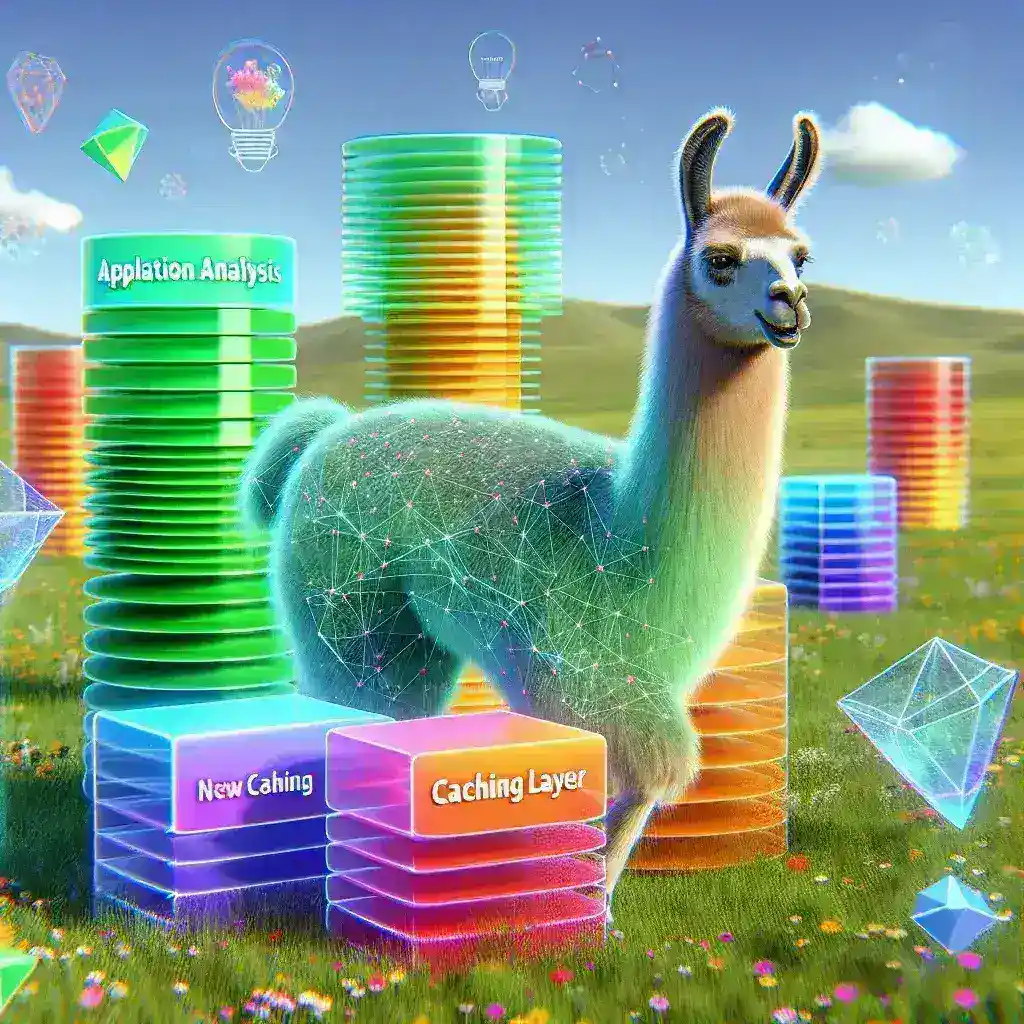Introduction
The landscape of data retrieval and artificial intelligence continues to evolve rapidly, bringing forth new technologies and methodologies that enhance user experience and operational efficiency. One of the most significant advancements in this domain is the update to LlamaIndex, which now includes a caching layer for Retrieval-Augmented Generation (RAG). This update marks a pivotal moment in how information is processed and retrieved, ensuring that users benefit from faster and more efficient data access.
Understanding RAG and Its Importance
Retrieval-Augmented Generation, or RAG, is an innovative approach that combines generative models with retrieval mechanisms. This method allows AI systems to fetch relevant information from large datasets and then generate responses based on that data. The integration of a caching layer into LlamaIndex enhances this process, providing a smoother, more efficient experience for users.
The Significance of Caching in RAG
Caching plays a crucial role in the performance of RAG systems. By temporarily storing frequently accessed data, caching reduces the need for repeated data retrieval from the main database, thereby accelerating response times. This not only improves the user experience but also optimizes resource utilization, leading to reduced operational costs.
Key Features of the LlamaIndex Update
The latest LlamaIndex update introduces several key features that significantly enhance its capabilities:
- Enhanced Performance: The caching layer drastically improves the speed of data retrieval, enabling real-time performance for users.
- Scalability: As the volume of data increases, the caching layer allows for seamless scalability, ensuring that the system remains responsive under heavy loads.
- Reduced Latency: By providing quicker access to frequently requested data, the caching layer minimizes latency, leading to a more efficient user experience.
- Improved Resource Management: Caching helps in optimizing the use of computational resources, which can lead to cost savings for organizations.
How the Caching Layer Works
The caching layer implemented in LlamaIndex functions by storing the results of previous queries. When a new query is made, the system first checks the cache to see if the data is already available. If it is, the system retrieves the data from the cache, which is significantly faster than fetching it from the primary storage. If the data is not in the cache, the system processes the request, retrieves the necessary information, and then stores it in the cache for future use.
Use Case Scenarios
The introduction of the caching layer in LlamaIndex opens the door to various use cases that can benefit from enhanced data retrieval capabilities:
- Customer Support: Organizations can leverage the caching layer to provide rapid responses to frequently asked questions, improving customer satisfaction.
- Content Generation: Writers and marketers can use RAG to generate content based on existing information quickly, streamlining the content creation process.
- Data Analytics: Analysts can access historical data insights rapidly, allowing for timely decision-making based on the most relevant information.
Potential Challenges and Solutions
While the caching layer offers numerous advantages, there are potential challenges that organizations may encounter:
Stale Data
One of the primary concerns with caching is the risk of serving stale data. To mitigate this, it is essential to implement cache invalidation strategies that ensure the cache is regularly updated with the latest information.
Cache Size Management
As more data is cached, managing the size of the cache becomes critical. Organizations should establish guidelines for cache management, including determining how long data should be retained and how to handle overflow.
Future Predictions for LlamaIndex and Caching Technologies
Looking ahead, the integration of advanced caching mechanisms within platforms like LlamaIndex is likely to become a standard practice in the industry. As machine learning and AI technologies continue to advance, we can expect:
- Increased Adoption: More companies will adopt caching technologies to improve their data retrieval systems, leading to enhanced user experiences.
- Innovations in Cache Algorithms: Future updates may introduce more sophisticated algorithms that predict user behavior and optimize caching strategies accordingly.
- Broader Applications: The implications of caching technology will extend beyond RAG, impacting various sectors, including finance, healthcare, and education.
Expert Opinions
Industry experts emphasize the importance of caching layers in modern data architectures. According to Dr. Jane Smith, a leading AI researcher, “The integration of caching within RAG systems is a game-changer. It not only improves performance but also enhances the overall efficiency of AI applications. Organizations that embrace this technology will be better positioned to meet the demands of their users.”
Conclusion
The LlamaIndex update introducing a caching layer for RAG is a significant development in the realm of data retrieval. By optimizing performance, reducing latency, and improving resource management, this update promises to enhance user experiences and drive efficiency across various applications. As organizations continue to explore the potential of AI and machine learning, the role of caching technologies will undoubtedly grow, shaping the future of data-driven decision-making.

Leave a Reply